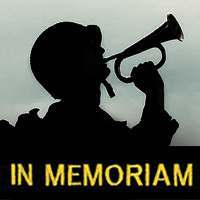Ref Thread: Cuban Occupation Medal
Description
United States Army of Cuban Occupation Medals (1898-1902). On the obverse is the Coat of Arms of Cuba. Around the edge is the inscription 'ARMY OF OCCUPATION MILITARY GOVERNMENT OF CUBA'. The dates '1898' and '1902' are on either side of the Phrygian cap at the to of the coat of arms. The reverse depicts a spread winged eagle perched upon a trophy of a cannon, rifles, war flags, an Indian shield, quiver of arrows and three spears, a Cuban machete and Sulu kris. Below the trophy are the words 'FOR SERVICE'. Above the eagle are the words arched around the edge 'UNITED STATES ARMY'. In the lower half at the edge are thirteen five-pointed stars. The medal is suspended from a loose ring and a ribbon 1 3/8 inches wide. It is composed of the following vertical stripes: 1/16 inch ultramarine Blue; 3/8 inch old glory red; 1/16 inch golden yellow; 3/8 inch ultramarine blue; 1/16 inch golden yellow; 3/8 inch old glory ged; and 1/16 inch ultramarine blue. One is impressed around edge '8992' and the other 'No.3739'.
History
The Army of Cuban Occupation Medal was established by War Department General Order 40, in June 1915. To be awarded the Army of Cuban Occupation Medal, a service member must have served within the geographical borders of Cuba between the dates of 18 July 1898 and 20 May 1902. The medal was primarily awarded to members of the United States Army, but was available to other branches of service under certain circumstances.


Recommended Posts